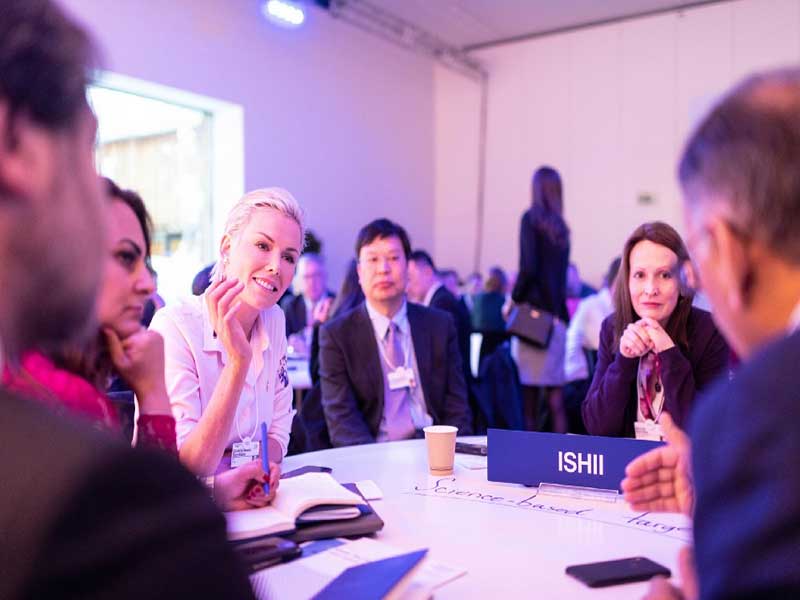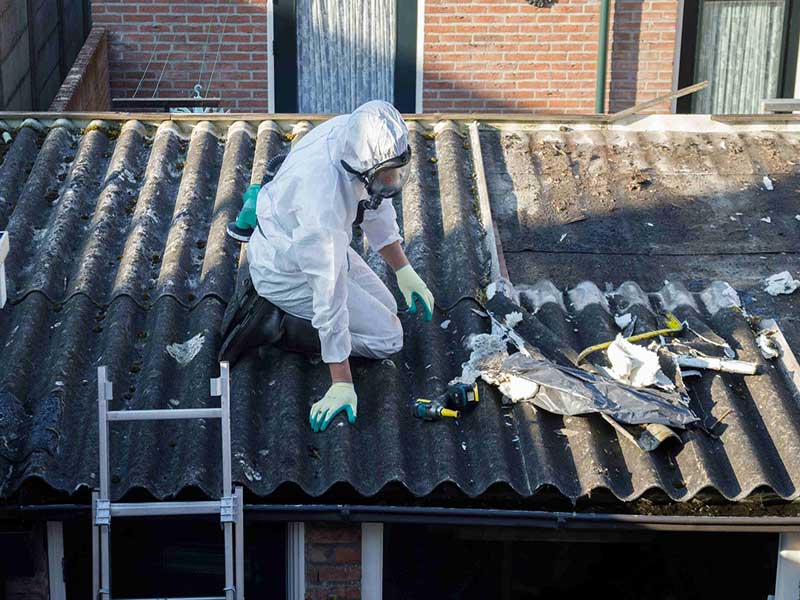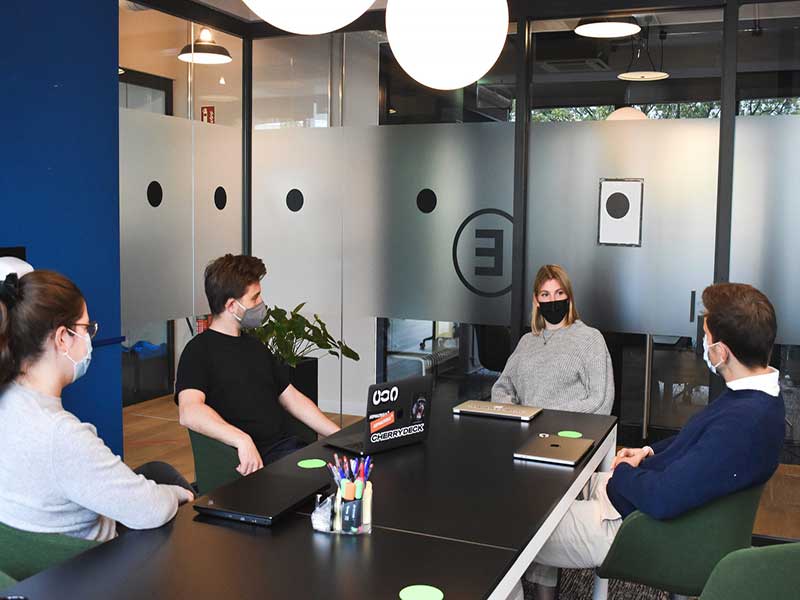December 15, 2020
Encouraging Creativity- What Works and What Doesn’t?
Some of the best ideas are born at the least expected times and creativity doesn’t follow the rules of supply and demand. When teams and organizations are looking for innovative ideas and members are put on the spot, creative blocks happen to many of them.
Why does it happen?
Psychologists with an in-depth understanding of the general mindset of employees believe, among other things, that creativity comes to the forefront when teams are enjoying and aren’t afraid of making mistakes. Hence, asking for ideas within a time frame becomes counterproductive.
The creativity of organizations and teams depends on multiple factors. Some of the most fundamental Do’s and Don’ts of being innovative and encouraging creativity and innovation as per the opinion of experts have been listed below:
Proficiency isn’t a prerequisite
In order to come up with creative ideas and plans, people don’t need to be experts on the subject. Yes, decent knowledge about the subject matter is essential for employees’ ideas to be relevant. At the same time, researching the subject by watching videos, reading articles and talking to mentors can be highly beneficial.
Necessity is the mother of invention
When you want to create promotional strategies for products, it is important to take into account the problems that can be redressed by it. Being mindful of the consequences that can arise if the issue remains unresolved is also crucial at this stage. The train of thoughts, where you keep problems and their consequences, will allow you to come up with practical and innovative ideas.
Let your thoughts run
In order to be creatively innovative and come up with brilliant ideas, employees must be encouraged to think of as many ideas as possible. Yes, many of them will not be relevant. Some of them might even be completely useless. However, operating in this fashion not only helps creative thinking but also paves the gateway for truly effective strategies and ideas.
Homework comes before brainstorming sessions
For group brainstorming sessions to be effective, all participants must do their research beforehand and prepare some ideas of their own. In this way, the merits and demerits of all the ideas and plans can be discussed from multiple angles with different points of view. When team members are required to be spontaneous without due research and homework, reaching optimum levels of creativity and accuracy becomes extremely difficult.
Let inspiration strike
Incessant thinking about the problem at hand doesn’t always help. Sometimes, employees and team members should continue with their daily tasks without completely letting go of the subject matter. This eases the pressure and the mind can think optimally during or after a break.
Be realistic and practical
Critically thinking about your ideas is important. Many of your plans about the subject matter might seem extraordinary on the first thought, but they may have major flaws. People not only need to think about ideas but also their execution. So, balancing your imagination with reality and the existing constraints is always the best way forward.
We hope that incorporating these practices will help you enhance creativity and design superlatively innovative strategies.




























 Contact
Contact